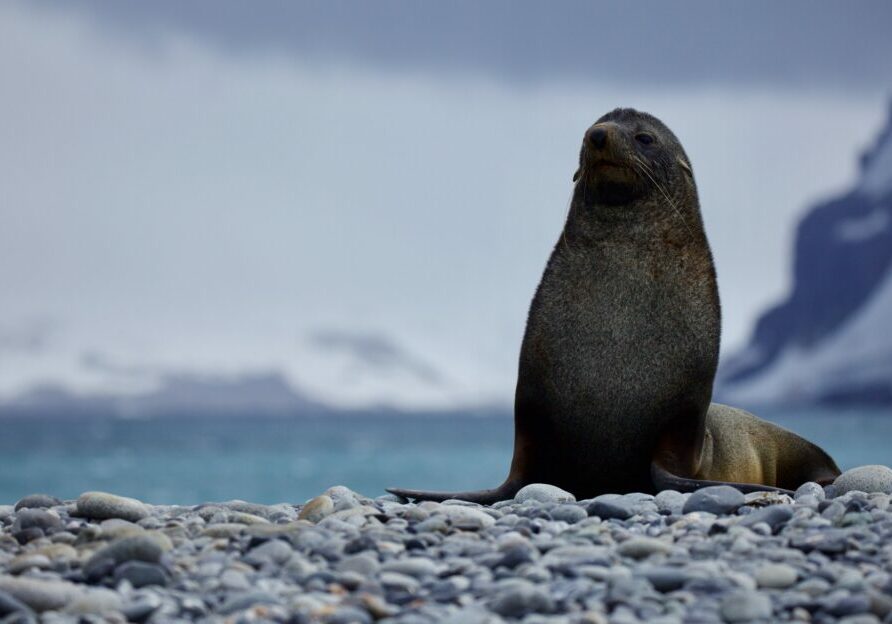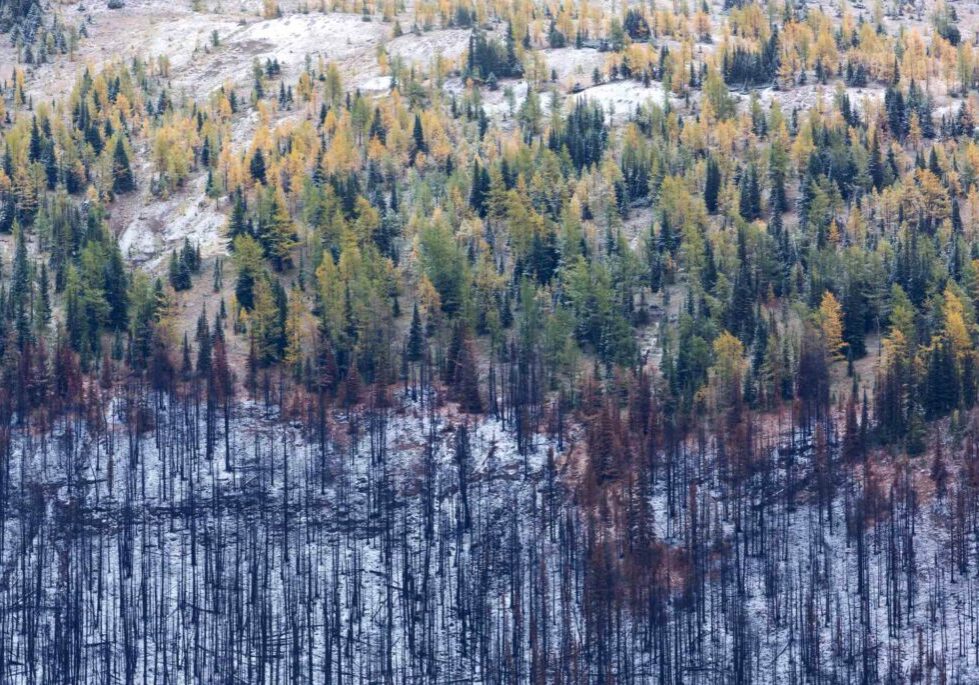It’s estimated there may be 25,000 Atlantic walruses and at least 100,000 Pacific walruses in the Arctic – the two subspecies are classified as ‘near threatened’ and ‘data deficient’ respectively on the IUCN Red List of Threatened Species.
But with the help of citizen scientists, we’re studying these amazing animals more closely – which means we can better protect them from the effects of climate change.
Because walruses congregate in remote, inhospitable places, traditional wildlife survey methods are expensive and inefficient. The marine mammals are also easily disturbed by ground crews or low-flying aircraft.
The Walrus From Space project aims to overcome these problems by surveying walruses using very high-resolution satellite images. Together with our science partners, we’ve been analysing the satellite data to get a clearer idea of population trends and to see how walruses respond to changes in sea ice and other environmental conditions.
This helps us understand walrus populations and how they could be impacted by climate change now and in the future. It also helps us promote the need for urgent and ambitious action to tackle climate change.
As sea ice declines in the Arctic, walruses are forced to travel further to reach land where they can ‘haul out’ to rest, draining their energy reserves.
Over 11,000 volunteers in 68 countries have already reviewed more than a million images of the Arctic, spotting walruses and providing vital data for scientists.
This first two survey cycles have been completed, and you can sign up today to take part in the third cycle, which is now under way.
Registering is quick and easy, and you’ll be trained in how to use the Walrus From Space platform, how to identify walruses, and how to spot other wildlife in the satellite images. Your help means we can analyse the images more quickly, enabling us to gather data sooner, so we can keep pace with climate changes.
Satellite surveys are an increasingly important tool for monitoring wildlife such as penguins, whales and seals, particularly in polar regions. Walruses are easy to spot because of their large size and because they gather in huge numbers on beaches and coastlines with little or no vegetation.
The Walrus From Space data will help us learn how their populations are changing over time, and how they’re responding to the rapid changes as the Arctic heats up.
Meet a walrus detective!
Find out what it’s like to be a citizen scientist with the Walrus From Space project.
Over to you!
To follow updates and join the walrus count, visit our Walrus From Space site

